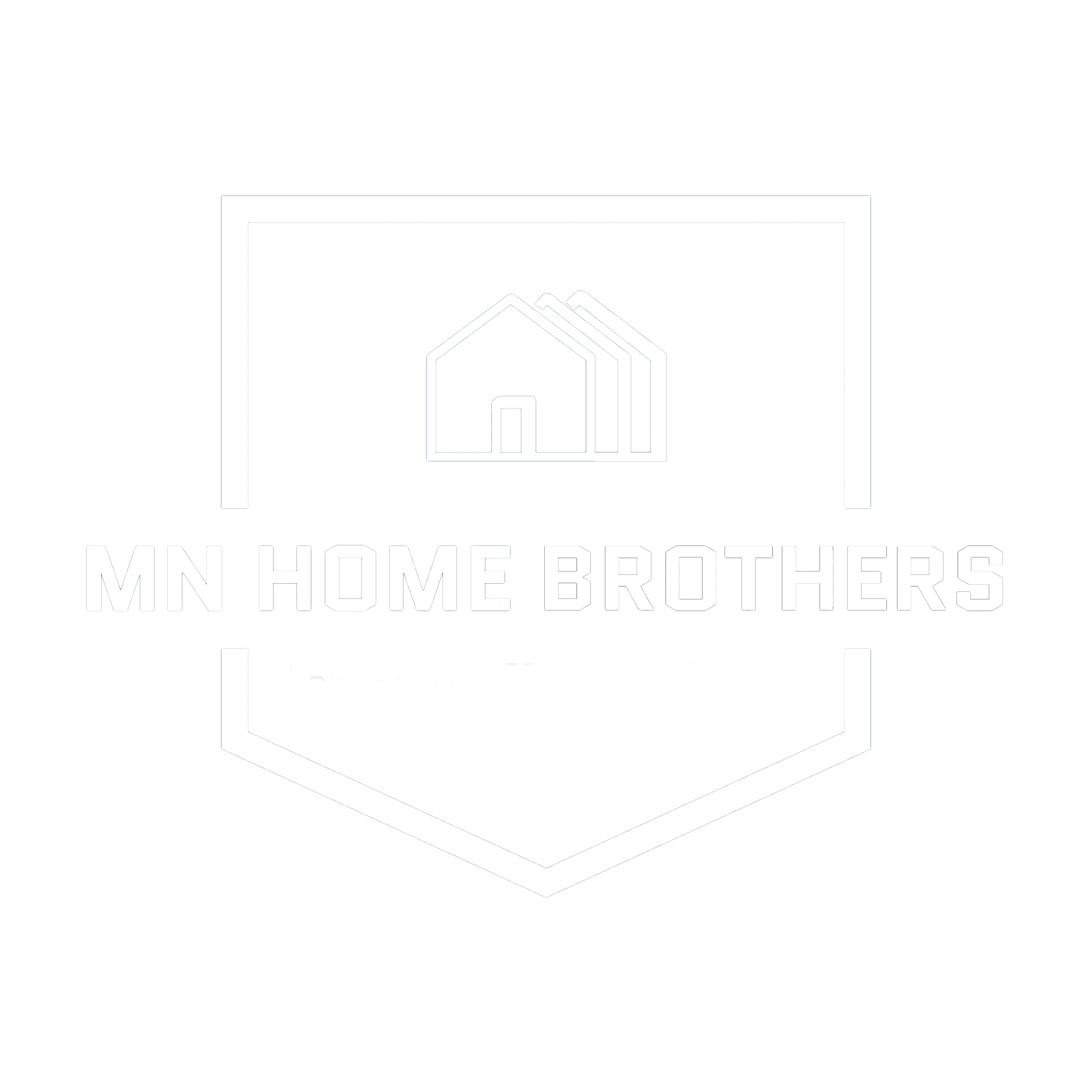Scott County
History
Scott County was first inhabited by two bands of the Santee Sioux (Dakota) Indians, the Mdewakanton and Wahpeton. Their semi-nomadic life followed a seasonal cycle. They gathered food, hunted, fished, and planted corn. In the summer the Dakota villages were occupied but in the winter the groups separated for hunting. They had many permanent villages along the Minnesota River. They had many trails leading to these settlements and to the Red River Valley in the North, and the Prairie du Chien to the Southeast. These trails were later used by the fur traders and settlers, and were known as the “ox cart trails.” The area of Scott County, as well as much of southern Minnesota, was opened for settlement by two treaties signed at Mendota and Traverse des Sioux, in 1851 and 1853. These treaties removed the Dakota Indians to reservations in upper Minnesota.
Scott County was established and organized by an Act passed in the legislature on March 5, 1853. The 369-square-mile (960 km2) county was named after General Winfield Scott. Settlers started entering the area in the mid-1850s. The Minnesota River and the ox cart trails were the primary transportation routes. The first settlers were Yankees, followed by groups of Germans, Irish, Czechs, and Scandinavians. They each brought their own traditions and religions. Most of these settlers became farmers. Fur trading, lumbering, and farming were Minnesota’s major industries all throughout the 19th century. With the fast-growing farms, sprang up towns. Shakopee, the County Seat, began in 1851 as a trading post by the Dakota Village of Chief Shakopee (or Shakpay). Other towns were established alongside transportation routes. When the railroads came to Minnesota they became the primary mode of transportation, and eventually highways were developed along the ox cart trails between the communities.
Due to urban sprawl and suburbanization this rural county is changing dramatically. Cities are continually growing, causing an increase in population from roughly 90,000 in 2000 to 130,000 today, making Scott County Minnesota’s fastest-growing county.
Geography
Soils of Scott County
Soils of Cedar Lake Regional Park area
According to the U.S. Census Bureau, the county has a total area of 368 square miles (950 km2), of which 356 square miles (920 km2) is land and 12 square miles (31 km2) (3.2%) is water. It is the third-smallest county in Minnesota by land area and second-smallest by total area.
The Minnesota River is the county’s boundary in both the north and the west. The broad river valley juts through glacial sediment into some of the oldest rock known. Now mostly farmland, it was an oak savanna and a mixture of grass and clusters of trees that grew parallel to the river valley. The savanna bordered the “Big Woods”, a “closed-forest savanna” that covered most of Minnesota before it was logged in the mid-19th century. Scott is one of 17 Minnesota savanna counties with more savanna soils than either forest or prairie soils.
Demographics
There were 30,692 households out of which 45.40% had children under the age of 18 living with them, 66.90% were married couples living together, 7.40% had a female householder with no husband present, and 21.90% were non-families. 16.00% of all households were made up of individuals and 4.50% had someone living alone who was 65 years of age or older. The average household size was 2.89 and the average family size was 3.25.
In the county, the population was spread out with 31.20% under the age of 18, 6.70% from 18 to 24, 37.30% from 25 to 44, 18.60% from 45 to 64, and 6.20% who were 65 years of age or older. The median age was 33 years. For every 100 females there were 101.90 males. For every 100 females age 18 and over, there were 100.00 males.
The median income for a household in the county was $66,612, and the median income for a family was $72,212 (these figures had risen to $80,968 and $90,489 respectively as of a 2007 estimate). Males had a median income of $46,593 versus $32,482 for females. The per capita income for the county was $26,418. About 2.00% of families and 3.40% of the population were below the poverty line, including 3.40% of those under age 18 and 7.50% of those age 65 or over. However, in 2011, Scott County saw the steepest drop in median income of all the populous counties in Minnesota and household wealth fell by 10 percent.
Cities
Belle Plaine
Elko New Market
Jordan
New Prague (partly in Le Sueur County)
Prior Lake
Savage
Shakopee (county seat)
From Wikipedia, the free encyclopedia
What Do You Have To Lose? Get Started Now...
We buy houses in ANY CONDITION in Minnesota. There are no commissions or fees and no obligation whatsoever. Start below by giving us a bit of information about your property or call (952) 230-2324...
